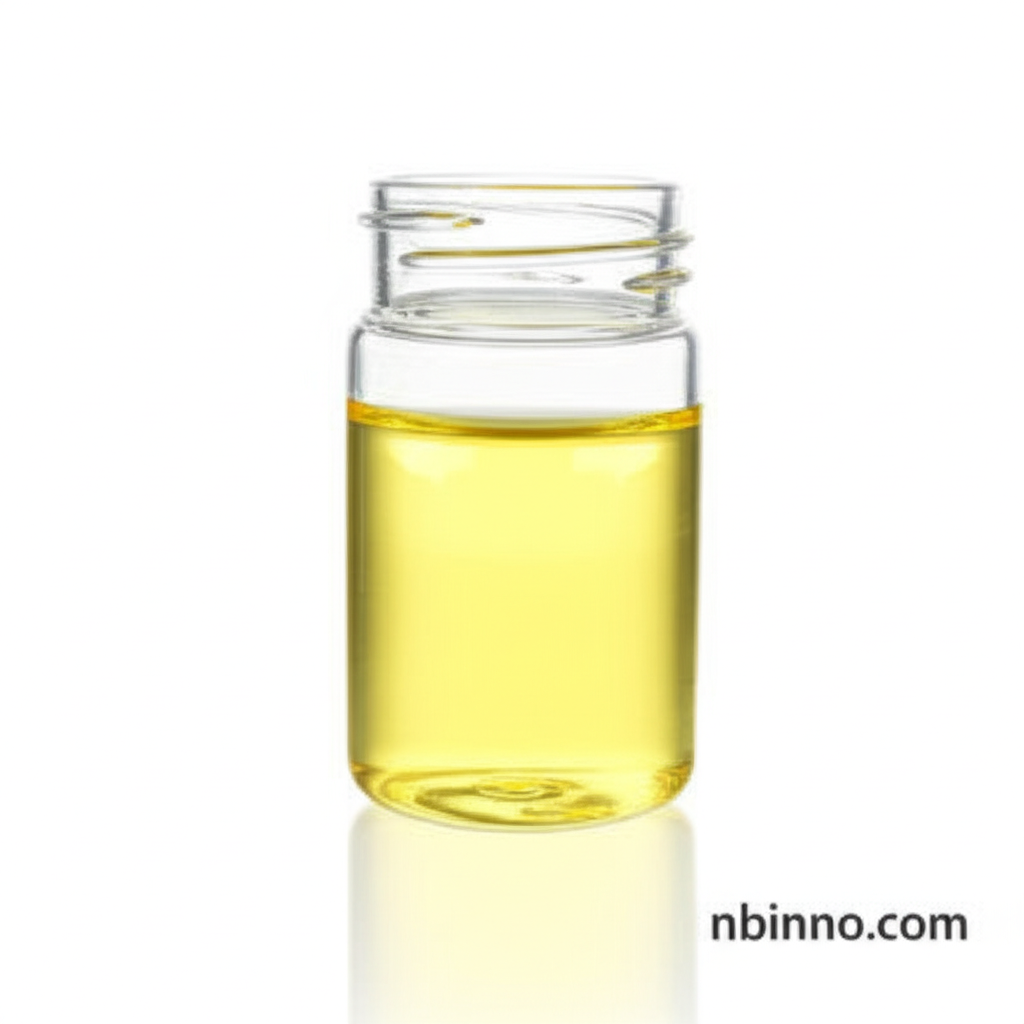4-Chlorobenzotrichloride: Synthesis, Applications, and Safety Considerations
Exploring the multifaceted role of 4-Chlorobenzotrichloride as a vital intermediate in chemical synthesis and industry.
Get a Quote & SampleProduct Core Value

4-Chlorobenzotrichloride
4-Chlorobenzotrichloride is a critical chlorinated aromatic intermediate renowned for its reactive trichloromethyl group, making it indispensable in various industrial synthesis pathways. Its production often involves advanced methods like the vapor-phase chlorination of p-xylene to ensure high purity and isomer specificity, avoiding the challenges associated with toluene-based routes.
- Discover the 4-chlorobenzotrichloride synthesis pathways, focusing on efficient and isomer-specific manufacturing processes.
- Explore its vital role as an agrochemical intermediate, particularly in the production of herbicides like trifluralin via its derivative, 4-chlorobenzotrifluoride.
- Understand its significance in pharmaceutical synthesis, serving as a building block for lipid-lowering drugs such as fenofibrate intermediates.
- Learn about its applications in the synthesis of specific dyes and pigments, contributing to the vibrant world of colorants.
Key Advantages
Versatile Intermediate
Serves as a foundational building block for a wide range of specialty chemicals, including agrochemicals, pharmaceuticals, and dyes, enabling diverse applications.
Efficient Synthesis Routes
Modern production methods like vapor-phase chlorination of p-xylene offer high purity and isomer specificity, leading to more economical and streamlined manufacturing processes.
Reactive Functional Group
The presence of the trichloromethyl group allows for versatile chemical transformations, including hydrolysis and halogen exchange, facilitating the synthesis of complex molecules.
Key Applications
Agrochemicals
Essential precursor for herbicides and pesticides, playing a critical role in crop protection and agricultural productivity.
Pharmaceuticals
Used as a starting material for APIs and intermediates, contributing to the development of essential medicines.
Dyes and Pigments
Incorporated into chromophore systems for various dyestuffs and pigments, influencing color properties in textiles and materials.
Material Science
Serves as a precursor for UV absorbers and can be used in polymer modification to enhance material properties, such as flame retardancy.
